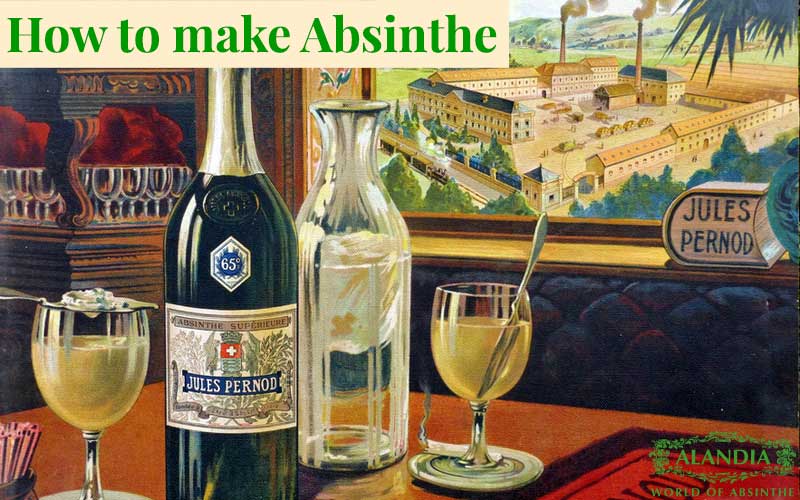

1905 - Following a drinking binge that starts with two shots of absinthe, a man murders his wife and children in Switzerland.Although his study draws prompt criticism after its publication, he (along with many others) believes it proves the legitimacy of “absinthism.” Magnan concludes that the negative effects of drinking absinthe are due to absinthism, not alcoholism. 1869 - Psychiatrist Valentin Magnan, physician-in-chief of France’s primary asylum, publishes research that shows that inhaling wormwood oil causes seizures in animals.Meanwhile, a growing group of people from the medical community and temperance groups attempt to prove its inherent evil. Absinthe becomes the drink of choice among Europe’s bohemian creatives, like Vincent van Gogh and Oscar Wilde. 1850s to 1890s - Absinthe gains popularity partly due to its mystique and partly because it packs a punch - people find its high alcohol content makes it more effective and affordable.1849 - In France, 26 distilleries are producing 10 million liters of absinthe.


Finally, the distillate is diluted with water to make the absinthe drinkable. At this point, more wormwood and herbs are added to the clear, colorless distillate to give it that characteristic green color. After mashing the wormwood and herbs together, the mixture is distilled in a water or steam bath until the distillate reaches an alcohol volume of 60% to 80%. Traditionally, absinthe is distilled from dried herbs and wormwood. Due to its high alcohol content, absinthe is best diluted with water before drinking. By comparison, common liquors like vodka and whiskey generally contain 40% alcohol. Now, inquiring minds must know: Is absinthe really any different from other hard liquors? What Is Absinthe?Ībsinthe is an herb-infused alcohol derived from fennel, anise, and the leaves and flowers of a small shrub called wormwood (otherwise known as Artemisia absinthium).Ībsinthe is typically between 90 proof and 148 proof, but it's possible to find 179 proof absinthe - this proof means that it contains a formidable 89% alcohol. It’s been blamed for everything from psychosis and seizures to dangerous behavior and murders among those who dare to drink it, and over the years, this lore has shrouded absinthe in mystery. Whimsically dubbed the “green fairy” due to its verdant hue, absinthe has long been associated with hallucinogenic effects. Absinthe is no ordinary alcohol - at least, that’s what legend would have you believe.


 0 kommentar(er)
0 kommentar(er)
